WRITTEN BY: Katherine Gardiner, ISTC staff

Is your medicine cabinet at home filled with old medications or prescription drugs you no longer use? You’re not alone. But how do we dispose of these medicines safely?
Many Americans find themselves in the exact situation every year and either flush the pills down the toilet or hang onto them, unsure if they may be useful in the future. However, the Illinois EPA warns against flushing drugs.They can get  into the environment, harm wildlife and even pose challenges for drinking water treatment. And keeping medicines you no longer need can pose an unnecessary risk for accidental poisoning and abuse by children, teens, pets, and elderly, especially when stored in an easily accessible place like a family medicine cabinet or drawer.
into the environment, harm wildlife and even pose challenges for drinking water treatment. And keeping medicines you no longer need can pose an unnecessary risk for accidental poisoning and abuse by children, teens, pets, and elderly, especially when stored in an easily accessible place like a family medicine cabinet or drawer.
In an interview with Environmental Leader, Walgreens’ senior vice president of pharmacy and healthcare, Rick Gates, acknowledged the growing concern over improper disposal and storage of medicines.
The best way to dispose of leftover and unwanted medications is to bring them to a medicine collection site. There are many located within Illinois, mostly in local law enforcement buildings. Accepted items at permanent collection boxes include prescription medications, all over-the-counter (OTC) medications, pet medications, vitamins and supplements, medicated ointments, creams, lotions, and oils, and liquid medication stored in leak-proof containers.
After the medications are deposited in the drop boxes, they are taken to an incineration facility to be destroyed. This process is more environmentally safe than other disposal methods and is “highly regulated” by the EPA.
 In 2013, ISTC got involved in a new program within Champaign County to collect unwanted and old drugs. Goals of the program are to limit accidental poisonings of children and pets, prevent drug abuse, and reduce environmental impacts from improper disposal of medicines. Within Champaign-Urbana, you can now drop off unwanted medications at 3 locations – the police department lobbies in Champaign, Urbana, and on campus. These drop boxes are accessible 24 hours, seven days a week.
In 2013, ISTC got involved in a new program within Champaign County to collect unwanted and old drugs. Goals of the program are to limit accidental poisonings of children and pets, prevent drug abuse, and reduce environmental impacts from improper disposal of medicines. Within Champaign-Urbana, you can now drop off unwanted medications at 3 locations – the police department lobbies in Champaign, Urbana, and on campus. These drop boxes are accessible 24 hours, seven days a week.
Walgreens and other pharmacies are also offering take-back programs to help their customers in the disposal process. Gates stated, “We’ve collected more than 155 tons of unwanted medication in first 18 months of the program, [which] goes to prove that there is a need in the marketplace.”
 Twice per year, the U.S. DEA participates in the National Prescription Drug Take Back Day, with the goal to help Americans dispose of potentially harmful prescription drugs and, ultimately, to reduce addiction and overdose deaths related to opioids. During the event last October, Americans returned a record of 456 tons of unwanted medications to the DEA and their local partners. The next event will take place on April 28, 2018.
Twice per year, the U.S. DEA participates in the National Prescription Drug Take Back Day, with the goal to help Americans dispose of potentially harmful prescription drugs and, ultimately, to reduce addiction and overdose deaths related to opioids. During the event last October, Americans returned a record of 456 tons of unwanted medications to the DEA and their local partners. The next event will take place on April 28, 2018.
If neither a permanent drop box nor take-back event are available in your area, you can purchase postage-paid mail-back envelopes for medicine, which are now available at many pharmacies. You can also dispose of the medicine in the trash if you follow Illinois-Indiana Sea Grant’s recommended tips.
Medicines that have expired, changed color, or have a “funny” smell should not be used and should be taken to a medicine collection site.
Prescription and OTC drugs, along with most items in your medicine cabinet, are considered Pharmaceuticals and Personal Care Products (PPCPs). The U.S. EPA has identified PPCPs as emerging contaminants of concern because the extent of these contaminants’ impact on the environment is still unknown.
To help reduce impacts of PPCPs and other emerging contaminants on the environment, ISTC is co-organizing a conference on Emerging Contaminants in the Aquatic Environment, along with Illinois-Indiana Sea Grant and the Department of Civil and Environmental Engineering. The conference is June 5-6, 2018, and will feature presentations and posters on the latest in emerging contaminants research, education, and policies. Registration opens in March. The call for oral presentation abstracts is open until March 12 and the poster presentations call is open until April 16.
As we continue to learn more about the effects of PPCPs in our environment, we should all do our part to ensure both safe use and safe disposal of medicines and other PPCPs.
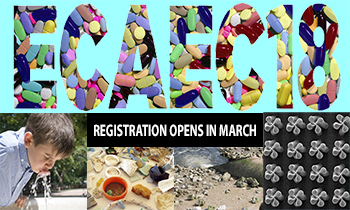



 The International Olympic Committee (IOC) has aligned itself with POCOG’s vision for a sustainable Olympics. Olympic Agenda 2020 is made up of three pillars – credibility, youth, and sustainability. In fact, the field of sports was
The International Olympic Committee (IOC) has aligned itself with POCOG’s vision for a sustainable Olympics. Olympic Agenda 2020 is made up of three pillars – credibility, youth, and sustainability. In fact, the field of sports was 

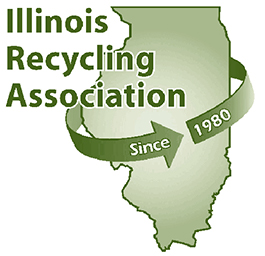

 Americans landfilled
Americans landfilled 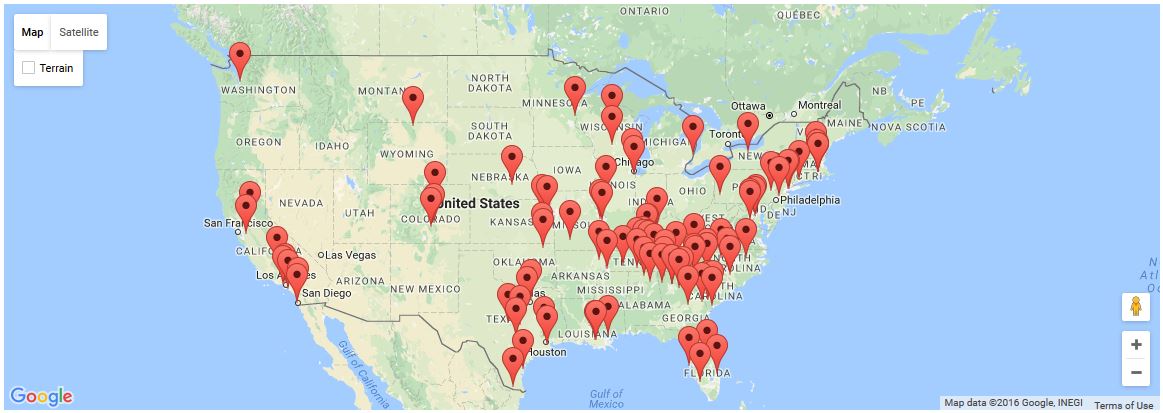
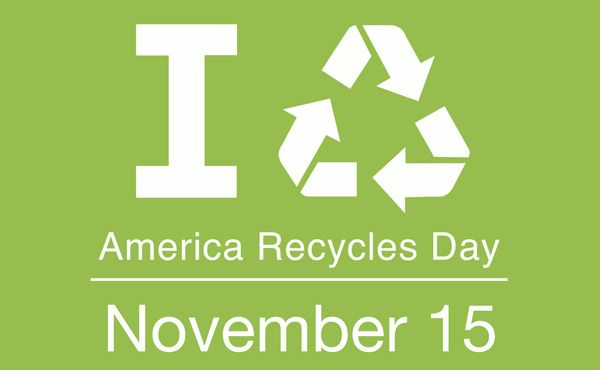 While recycling is not mandatory in America,
While recycling is not mandatory in America, 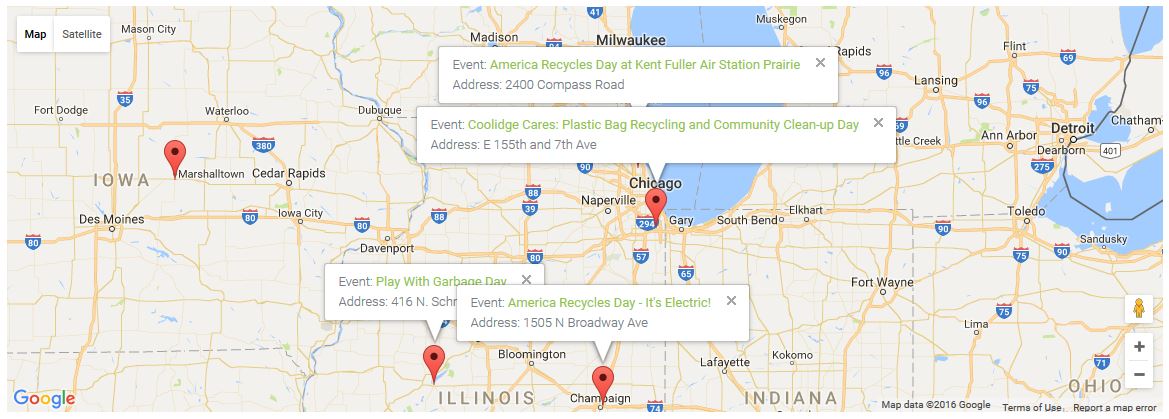
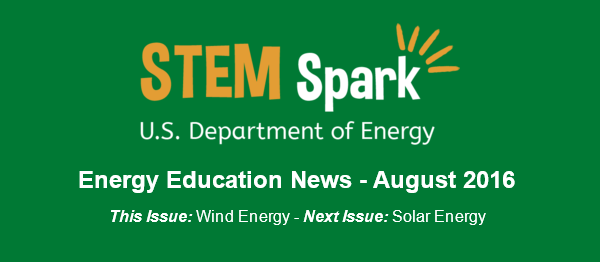
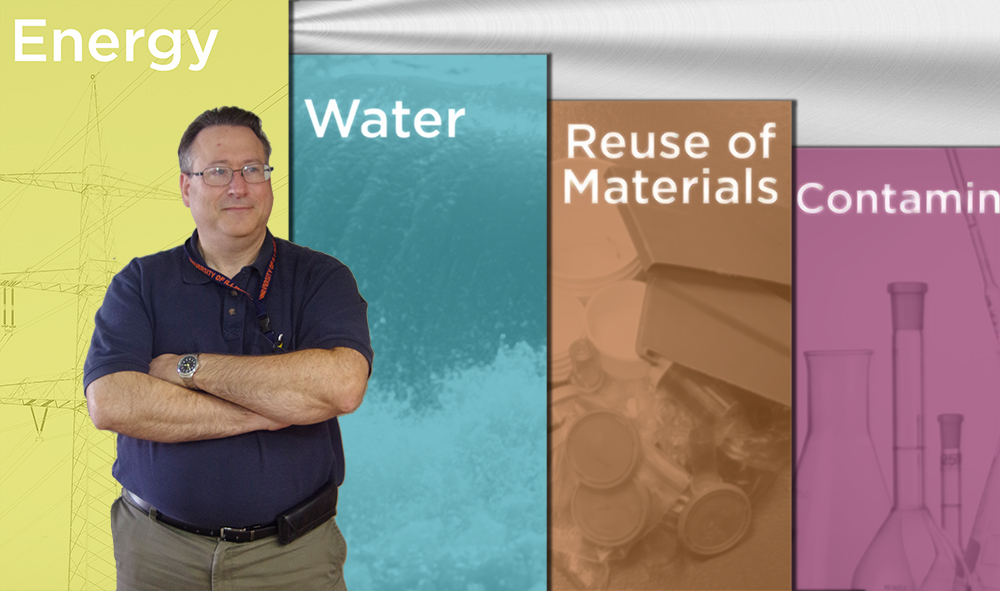

 The
The 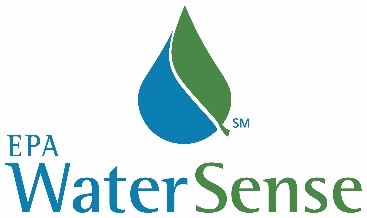 In this high tech world we still have some low tech ways to control automated services such as irrigation. The United States Environmental Protection Agency’s WaterSense Program has teamed with the Alliance for Water Efficiency to bring you a webinar on new WaterSense labeled weather-based irrigation controls that use smart tech to optimize irrigation and water savings.
In this high tech world we still have some low tech ways to control automated services such as irrigation. The United States Environmental Protection Agency’s WaterSense Program has teamed with the Alliance for Water Efficiency to bring you a webinar on new WaterSense labeled weather-based irrigation controls that use smart tech to optimize irrigation and water savings.